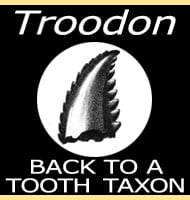Xiaosaurus
In Depth Xiaosaurus is a genus of small ornithischian dinosaur that lived in China during the Jurassic. Further Reading - New ornithopod genus from the Middle Jurassic of Sichuan Basin, China . - Vertebrata PalAsiatica 21(2):168-171. - Z. Dong & Z. Tang - 1983.
